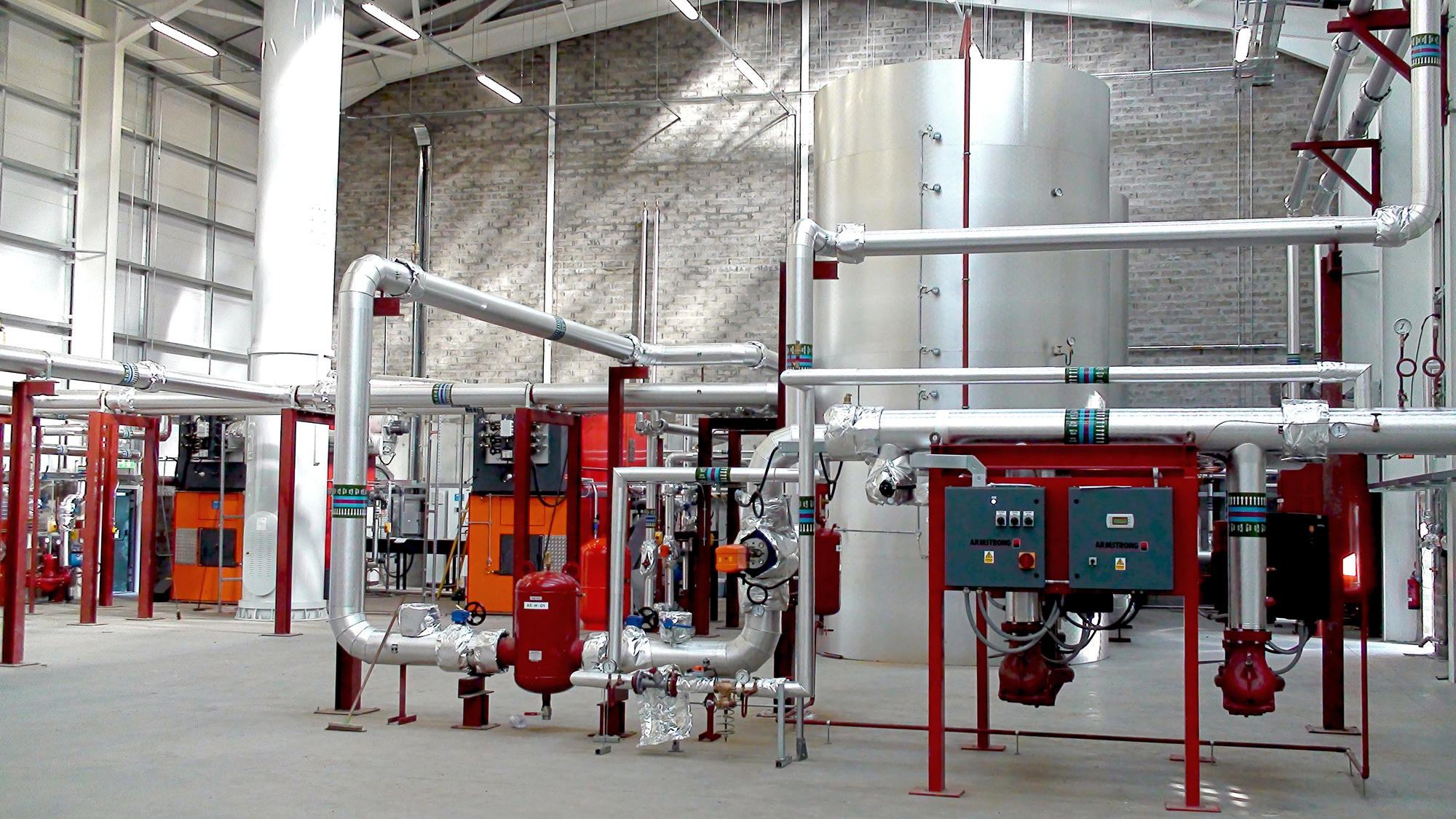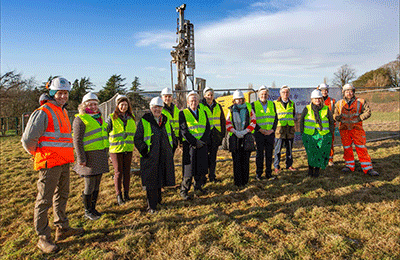The next big challenge in combating climate change is reducing the amount of carbon used in heating our buildings and industries.
Natural Power’s Renewable Heat team works with clients to find the best options available to decarbonise heat by using a wide range of renewable and low-carbon heat technologies, including heat networks, heat pumps, biomass and geothermal.
Working with public bodies, private developers, community groups and investors, we have consulted on several ground-breaking district heating network projects, ranging in size from the small and rural to those that span across cities.
We can give you advice on the technology, costs and planning involved in a renewable heat project and support you in the management and maintenance of your heat asset. Alongside this we can design and oversee the build of a carbon-cutting heat generation installation or network, shape a sustainable energy development or investigate a new business opportunity.
Advice on regulations and compliance
Compliance is a priority in the energy industry and can be key to maintaining revenues for your project and operating responsibly. The best ways of ensuring compliance are individual to each project, and we can identify what’s needed. This may include actions like installing electricity or heat meters on low-carbon heating systems to meet scheme requirements; managing energy and emissions data submissions to scheme regulators like Ofgem and CHPQA; and biomass fuel quality checks.
For developers and operators of district heating schemes, compliance might extend to the new and future regulations in different jurisdictions and Heat Networks Code of Practice standards (CP1). We can clarify the often-complex regulations to help your project reach accreditation and compliance and make sure it follows best practice.
Technical due diligence for low-carbon projects
We support financiers to assess their low-carbon projects and prospects through technical and financial analysis. The team has undertaken due diligence on industrial waste heat projects for breweries and energy-from-waste plants; investigated energy supply options for low-carbon farming; and provided lender’s technical advisor services for large scale biomass CHP facilities across the UK. We have helped investors to de-risk projects using past project experience, industry benchmarking and validation of both capital and operating costs as well as potential paybacks and risks to funding.
Feasibility and business case development
The team has extensive experience providing clients with application-ready reports for Low Carbon Infrastructure Transition Programme (LCITP), the Scottish Heat Network Fund, Community and Renewable Energy Scheme (CARES), European Regional Development Fund (ERDF) and local net-zero funding calls. Support for clients’ business cases can range from a simple assessment of how much energy a site will need and identification of the best combination of technologies for reliably meeting that demand to detailed design of large-scale heat networks with sensitivity analysis on sales costs and other key parameters.
We provide site- and process-specific heat and electrical demand assessments and recommendations using specialist modelling software, including GeoT*sol, PVsol, GLHEpro and EnergyPro.





